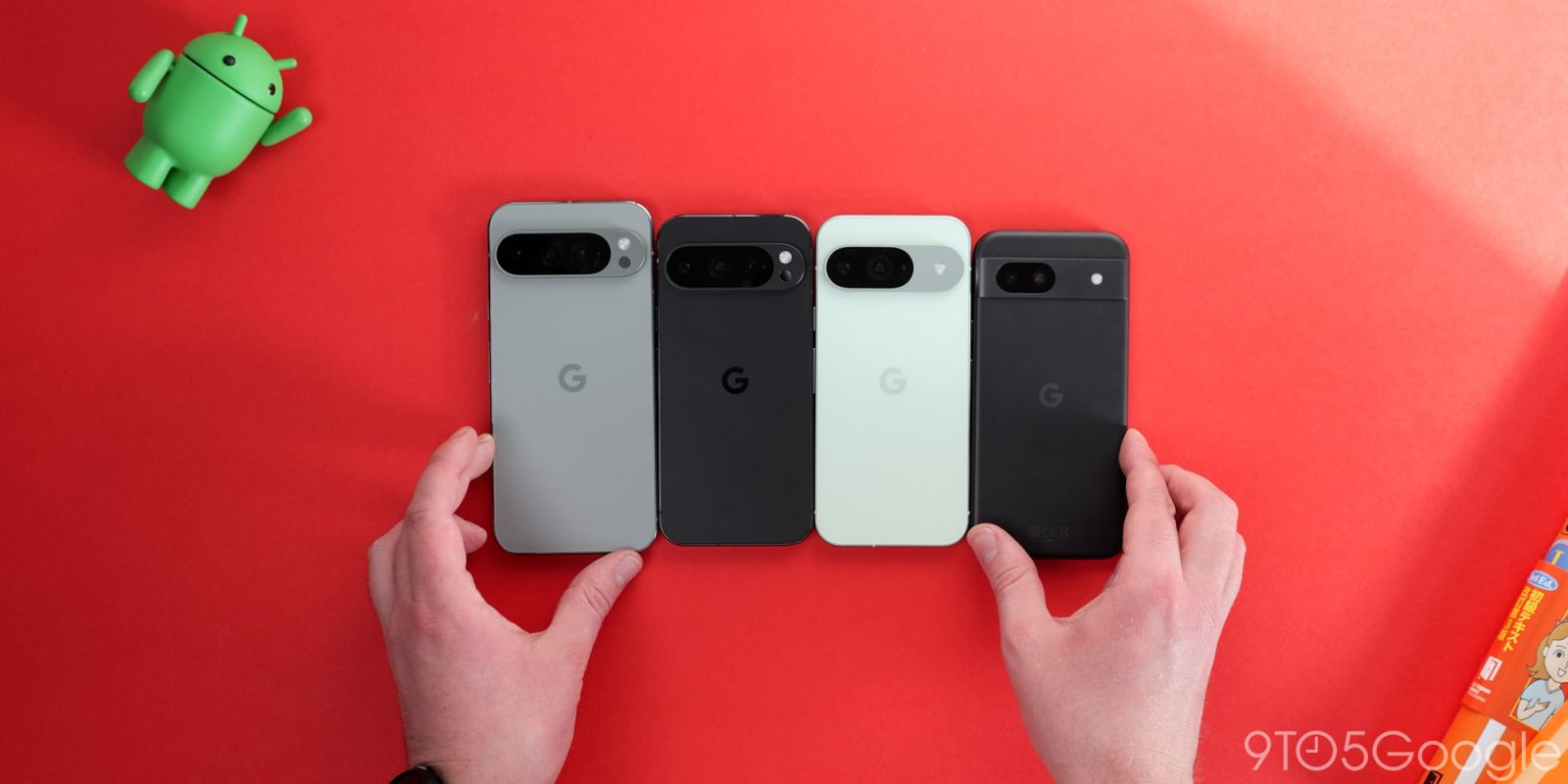Google’s Strategic Moves to Bridge the Gap Between Android and iOS Ecosystems
For years, Apple has maintained a tightly controlled ecosystem, often referred to as a walled garden, that has kept iPhone users deeply embedded within its services and hardware. This approach has created challenges for interoperability with other platforms, particularly Android. However, Google has been actively working to dismantle these barriers, introducing features aimed at enhancing compatibility between Android devices and iPhones. The latest development in this endeavor is the integration of AirDrop compatibility into Android’s Quick Share feature, marking a significant step toward seamless cross-platform interactions. But the question remains: Are these efforts compelling enough to prompt users to switch from iPhone to Android?
The Challenge of Cross-Platform File Sharing
Historically, sharing files between Android and iOS devices has been cumbersome. Traditional methods like SMS often resulted in degraded media quality, especially for photos and videos. Group chats further exacerbated these issues, leading to a fragmented user experience. Recognizing this, Google championed the adoption of Rich Communication Services (RCS) to modernize messaging. When Apple adopted RCS, it significantly improved the quality of media sharing and group messaging between the two platforms. Despite Apple’s continued use of the green bubble to denote messages from non-iMessage users, the functional gap between iMessage and RCS has narrowed considerably.
Introducing AirDrop Compatibility in Quick Share
AirDrop has long been a hallmark of the iOS experience, allowing users to share files effortlessly between Apple devices. Android’s counterpart, Quick Share, has provided similar functionality within its ecosystem. However, the lack of interoperability between these features has been a notable pain point for users. In a surprising move, Google announced that Quick Share on the Pixel 10 now supports sending files to iPhones via AirDrop. This integration allows Android users to share files with iPhone users seamlessly, provided the iPhone’s AirDrop is set to Everyone mode. This development eliminates the awkward workarounds previously necessary for cross-platform file sharing.
Motivations Behind Google’s Integration Efforts
Google’s initiative to enhance compatibility with Apple’s ecosystem appears to be a strategic effort to make the transition from iPhone to Android more appealing. By addressing key pain points that have traditionally deterred users from switching—such as messaging and file sharing—Google aims to lower the barriers to entry for potential Android adopters. The introduction of AirDrop compatibility in Quick Share is a clear example of this strategy in action.
Evaluating the Impact on User Migration
Despite these advancements, the question remains: Are users actually making the switch from iPhone to Android? While Google’s efforts have undoubtedly improved the cross-platform experience, Apple’s ecosystem continues to offer unique integrations and services that foster user loyalty. Features like iMessage, FaceTime, and the seamless integration with other Apple devices create a cohesive user experience that is difficult to replicate.
However, even if these initiatives do not result in a significant migration of users from iPhone to Android, they still offer substantial benefits. Enhancing interoperability improves the overall user experience for those who interact across platforms, reducing friction and fostering a more inclusive digital environment.
Broader Implications for the Tech Industry
Google’s persistent efforts to penetrate Apple’s walled garden reflect a broader trend in the tech industry toward greater interoperability and user-centric design. As consumers increasingly demand flexibility and seamless experiences across devices and platforms, companies are compelled to prioritize compatibility and open standards. This shift has the potential to drive innovation and competition, ultimately benefiting consumers with more choices and better services.
Conclusion
Google’s integration of AirDrop compatibility into Android’s Quick Share is a significant milestone in the ongoing effort to bridge the gap between Android and iOS ecosystems. While it remains to be seen whether these efforts will lead to a substantial number of users switching from iPhone to Android, they undeniably enhance the cross-platform experience. By continuing to address interoperability challenges, Google not only positions itself as a user-focused innovator but also contributes to a more connected and flexible digital landscape.


